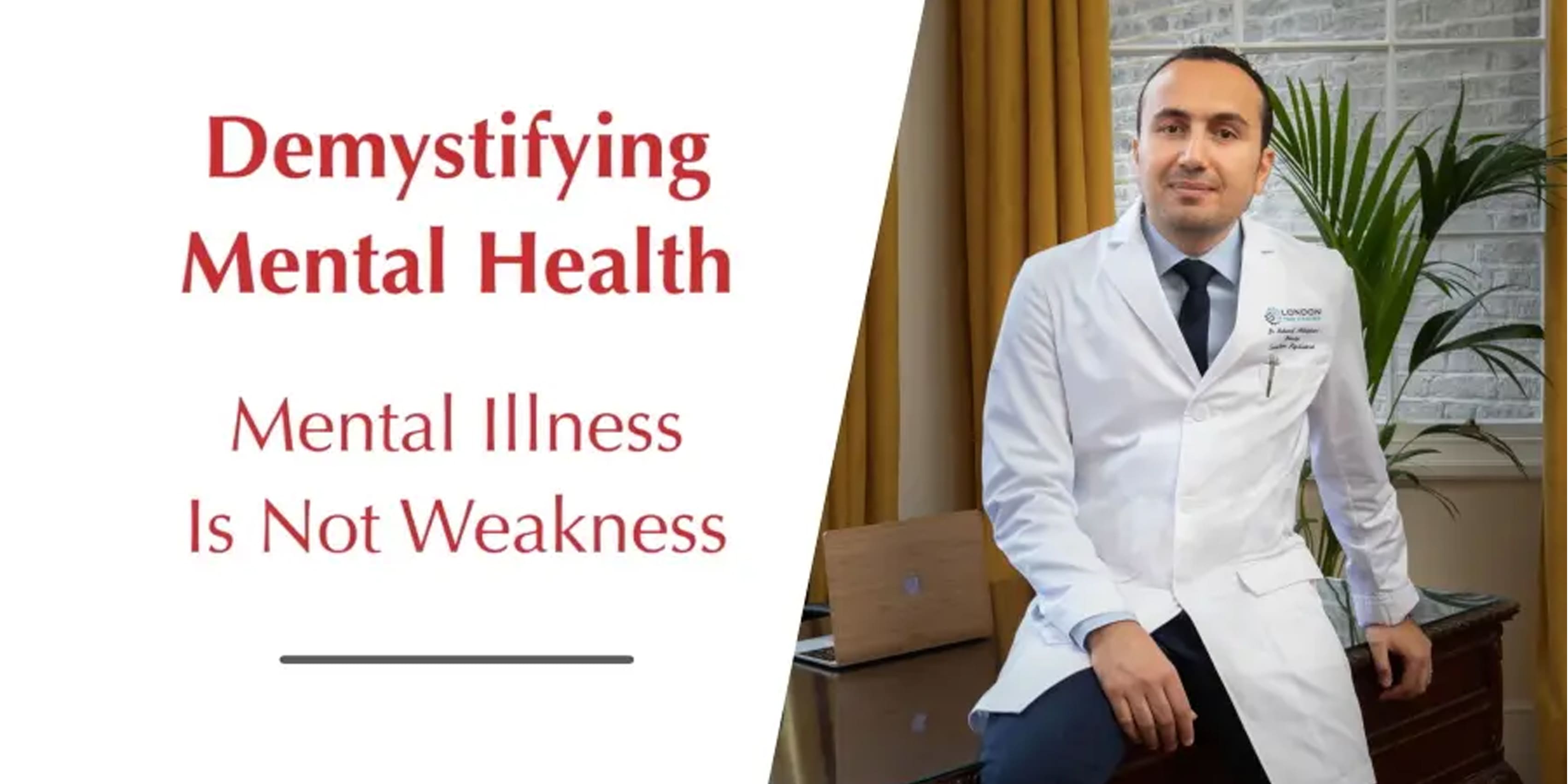Introduction: Mental health is a fundamental aspect of our overall well-being, yet it remains shrouded in stigma and misconceptions. It's crucial to break down these barriers and foster open conversations about mental health. In this blog post, we will demystify mental health by dispelling common myths, addressing the stigma surrounding it, and encouraging individuals to seek help when needed. By promoting understanding and support, we can create a more compassionate and inclusive society that values mental well-being.
1.Understanding Mental Health:
- Defining mental health and its significance in our lives.
- Differentiating between mental health and mental illness.
- Exploring the spectrum of mental health conditions and their prevalence.
2. Breaking Stigma:
- Examining the harmful effects of stigma on individuals with mental health concerns.
- Identifying common stereotypes and misconceptions surrounding mental health.
- Highlighting the importance of challenging and dismantling stigmatizing beliefs.
3. Myths and Realities:
- Addressing prevalent myths about mental health conditions and providing accurate information.
- Debunking misconceptions related to seeking help, treatment, and recovery.
- Sharing personal stories or case studies to illustrate the realities of living with mental health challenges.
4. Promoting Mental Health Literacy:
- The importance of education and awareness in reducing stigma.
- Providing resources and information to improve mental health literacy.
- Encouraging open discussions about mental health in schools, workplaces, and communities.
5. Seeking Help:
- Recognizing the signs and symptoms of mental health concerns.
- Overcoming barriers to seeking help, such as shame, fear, or lack of awareness.
- Exploring available resources, including helplines, support groups, and professional services.
6. Destigmatizing Treatment and Therapy:
- Highlighting the effectiveness of various mental health treatments and therapies.
- Addressing common misconceptions about therapy, medication, and other interventions.
- Encouraging a positive and supportive attitude towards individuals seeking treatment.
7. Building a Supportive Environment:
- The role of family, friends, and communities in supporting individuals with mental health concerns.
- Promoting empathy, active listening, and understanding when interacting with someone facing mental health challenges.
- Creating safe spaces for open conversations about mental health and providing support networks.
8. Advocacy and Mental Health Awareness:
- Engaging in advocacy efforts to promote mental health awareness and reduce stigma.
- Participating in campaigns, events, or initiatives that aim to address mental health concerns.
- Using personal stories and experiences to raise awareness and inspire others.
Conclusion: By demystifying mental health, challenging stigma, and encouraging help-seeking behaviors, we can create a society that fosters mental well-being for all. Let us break down the barriers surrounding mental health, provide support, and embrace empathy. Remember, seeking help is a sign of strength, and together, we can create a world that values and prioritizes mental health for everyone's benefit.




